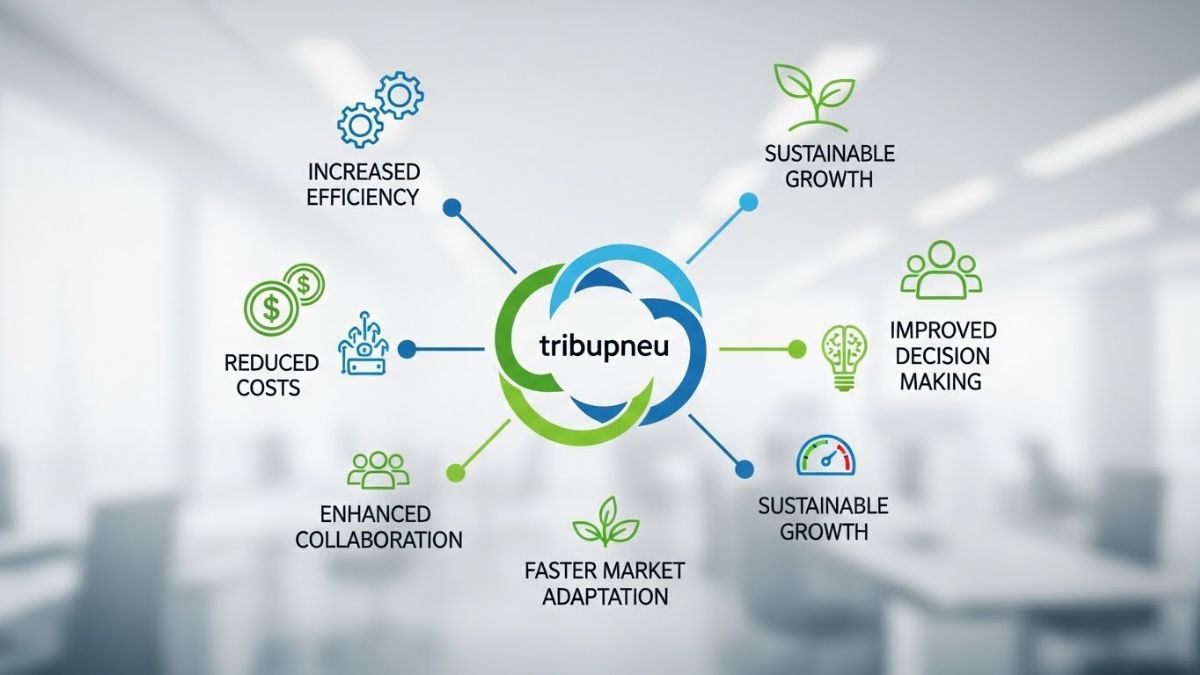Ever caught yourself typing a furious email to a colleague, only to regret it moments after hitting send? You’re not alone. Workplace frustrations are universal, but how we handle them makes all the difference in our ability to enhance team collaboration. The science behind these emotional reactions is fascinating—and understanding it gives us powerful tools to transform potential conflicts into collaborative breakthroughs.
When workplace tensions rise, our brains shift into protection mode, prioritizing self-defense over connection. This biological response made sense for our ancestors facing physical threats, but in today’s collaborative workplace, it creates barriers instead of bridges. Learning to navigate these emotional currents isn’t just nice-to-have—it’s essential for anyone looking to enhance team collaboration in meaningful ways.
Research shows that teams with strong emotional regulation skills are 23% more productive and report 31% higher job satisfaction. By understanding the neuroscience at play, you gain access to a toolkit that helps transform reactive moments into opportunities to manage workplace emotions and strengthen team bonds.
The Neuroscience Behind Effective Team Collaboration
When a colleague criticizes your work or a team member misses a deadline, your brain’s threat detection system—primarily the amygdala—activates within milliseconds. This “amygdala hijack” floods your system with stress hormones, temporarily reducing access to your prefrontal cortex—the brain region responsible for rational thinking and collaborative problem-solving.
This neurological response explains why we sometimes fire off angry emails or make dismissive comments that damage relationships and hinder our ability to enhance team collaboration. The good news? Neuroscience also offers solutions.
Brain Chemistry During Workplace Conflicts
During workplace tensions, cortisol and adrenaline surge while oxytocin (the connection hormone) decreases. This chemical cocktail narrows our perspective, making it harder to see others’ viewpoints—a critical component to enhance team collaboration.
The solution lies in activating your brain’s executive function network. Simple techniques like taking three deep breaths or mentally naming your emotions can reduce amygdala activation by up to 43%, according to research from UCLA’s Mindful Awareness Research Center. These quick resets help shift brain activity from the reactive limbic system to the thoughtful prefrontal cortex.
The Science of Collaborative Thinking
When teams operate in a state of psychological safety, their brains produce more dopamine and oxytocin, creating what scientists call a “trust network.” This neurochemical environment is ideal to enhance team collaboration because it supports creative thinking and risk-taking.
Interestingly, brain scan studies show that successful collaborative problem-solving activates neural synchrony—team members’ brain patterns actually begin to align. This synchronization happens more readily when we manage our emotional responses and remain open to others’ perspectives, creating an environment where sharing builds stronger relationships.
3 Science-Backed Strategies to Enhance Team Collaboration
Armed with neuroscience knowledge, let’s explore practical techniques to transform workplace interactions:
The 5-Second Reset Technique
When you feel frustration building, implement the pause-and-pivot approach. Count to five while taking a deep breath, which gives your prefrontal cortex time to come back online. This simple practice reduces reactive responses by 60% and creates space to enhance team collaboration rather than damage it.
Try this: When receiving critical feedback, silently think “information, not threat” to reframe the interaction in your brain. This cognitive reappraisal technique activates your brain’s reasoning centers and reduces defensive reactions.
Transforming Criticism into Constructive Feedback
Research from Harvard Business School shows that teams who practice “perspective-taking” enhance team collaboration by 26% compared to control groups. Before responding to a challenging email or comment, take 30 seconds to consider: What might be happening in their world? What constraints are they facing?
This brief mental shift activates your brain’s empathy network and opens pathways for strategic focus and collaborative momentum. It transforms potential conflicts into opportunities for deeper understanding.
Transform Your Team Dynamics by Enhancing Collaborative Intelligence
Implementing these neuroscience-based approaches doesn’t just solve immediate conflicts—it rewires your brain for long-term collaborative success. Teams that consistently practice emotional regulation show measurable improvements in innovation, decision quality, and satisfaction.
Ready to put these insights into action? Start small: Choose one technique to practice this week. Notice how even minor shifts in your response patterns create ripple effects across team dynamics. As you build your “collaboration muscles,” you’ll find yourself naturally able to enhance team collaboration even in challenging circumstances.
The science is clear: When we understand and manage our brain’s responses to workplace challenges, we transform not just our own experience but our entire team’s collaborative potential. By applying these evidence-based strategies, you’re not just avoiding angry emails—you’re building the neural pathways for more effective, satisfying, and productive collaboration.











